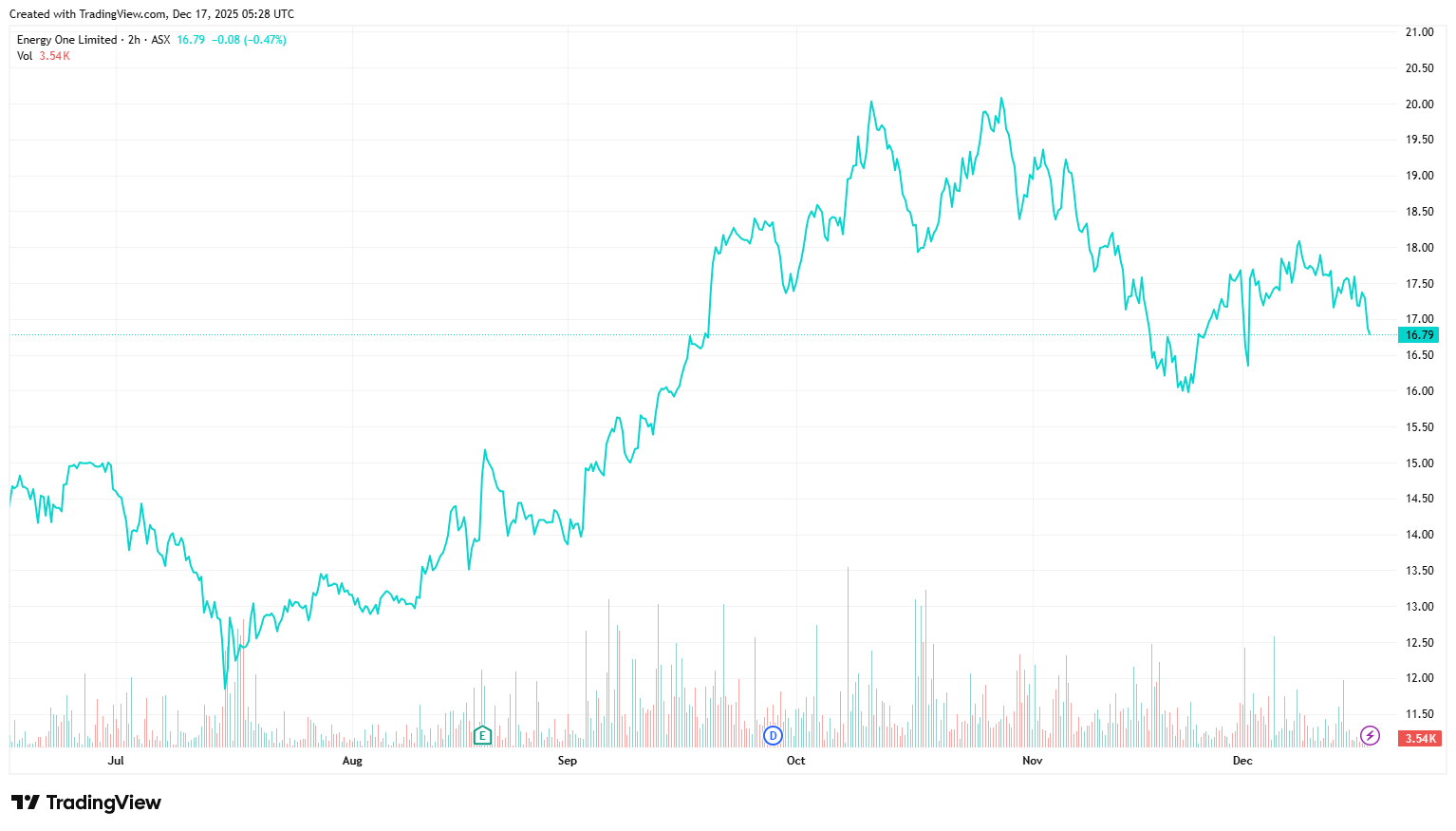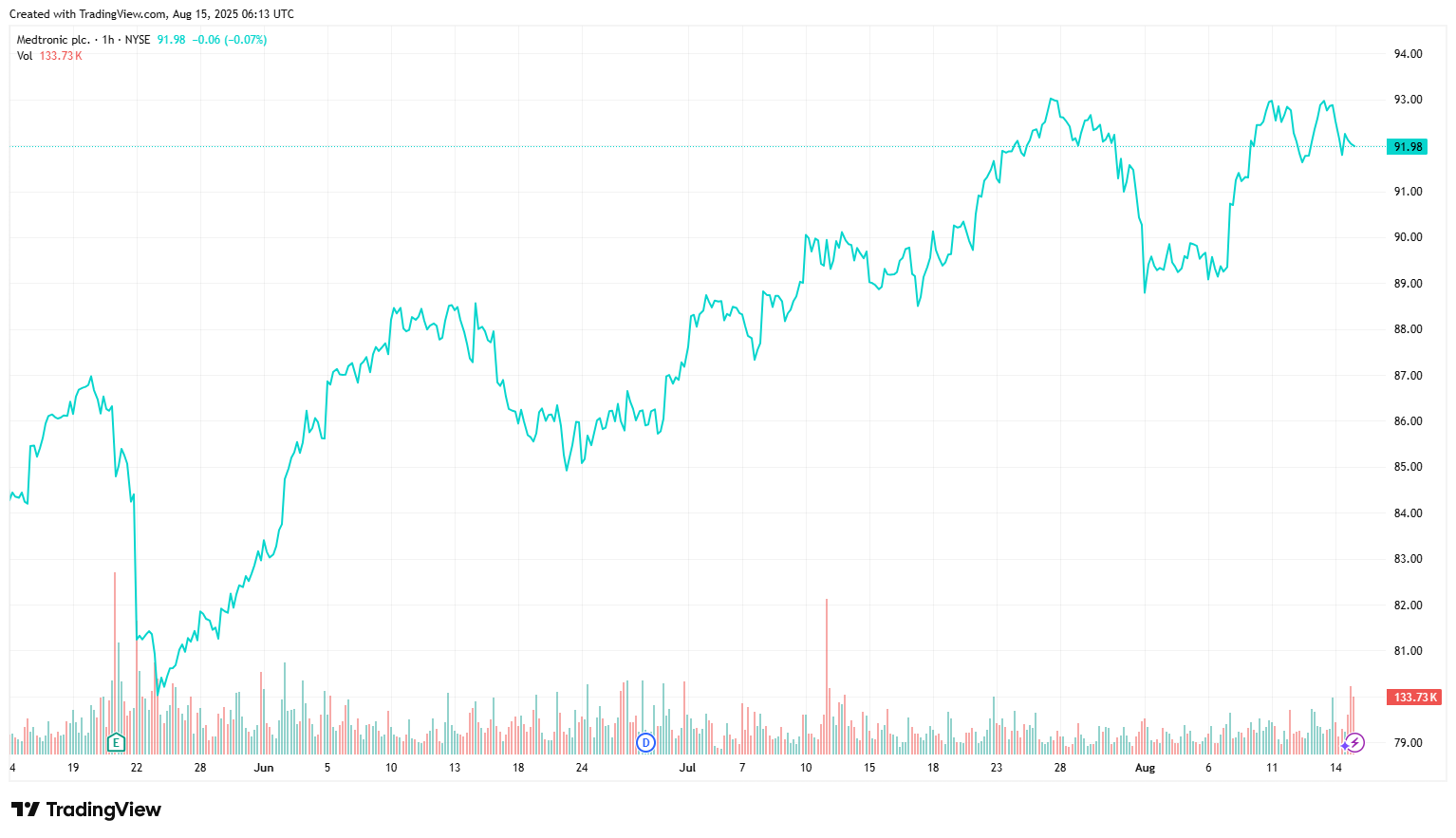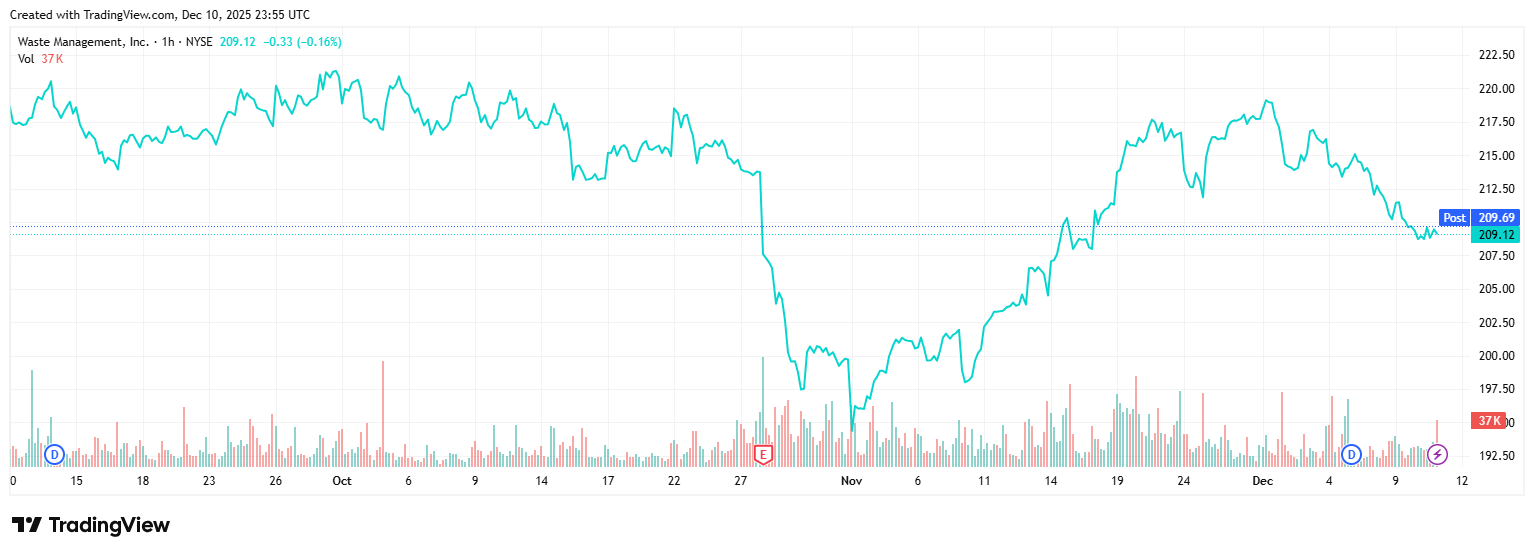6 Ways to Diversify Your Investing Portfolio
Diversification is a fundamental principle of investing that aims to mitigate risk by spreading investments across various asset classes. A diversified portfolio will allow you to potentially reduce the impact of market fluctuations on your overall returns. If you’re wondering how to create a diversified portfolio to mitigate risk, we will go through six strategies to consider when diversifying a portfolio.
- Sector/Industry diversification
- Bond diversification
- Asset diversification
- Alternative assets
- Geographical diversification
- Rebalancing your portfolio periodically

1. Diversify across and within industries
One initial strategy for diversifying involves diversifying investments across various assets within the same asset class. For example, this might involve straightforwardly purchasing a market index like the S&P 500 or the ASX200, ensuring a balanced representation of high and low-risk stocks across different industries in your portfolio. This will allow for a diversified mix of cyclical/defensive stocks, dividend/growth stocks. Alternatively, it could entail purposefully investing in industries that appear to complement each other. Though this might seem counterintuitive, investing in similar companies in the same industry is an effective diversification strategy as a means to eliminate unsystematic risk as they can be tied to a specific company.
2. Bond diversification:
Bond diversification involves spreading investments across various types of bonds to mitigate risk and optimize returns within the fixed-income portion of a portfolio. This strategy entails investing in government bonds, such as Australian Government Bonds, which are considered low-risk, as well as corporate bonds issued by Australian companies, municipal bonds issued by local governments, and international bonds. Corporate bonds offer higher yields but come with increased credit risk, while municipal bonds may provide tax advantages. International bonds offer exposure to different economies and currencies but introduce currency risk. Additionally, inflation-protected bonds, like Australian Government Inflation-Linked Bonds, safeguard against inflation. By diversifying across these bond types, investors can spread risk, reduce exposure to specific economic factors, and enhance stability in their fixed-income portfolios.
3. Diversify within asset classes
Asset diversification involves dividing your investment portfolio among different asset classes such as stocks, bonds and cash equivalents. A good diversified stock portfolio will achieve an optimal balance between risk and return based on your investment objectives, risk tolerance, and time horizon. For instance, younger investors with a longer time horizon may allocate a larger portion of their portfolio to stocks for potentially higher returns, while older investors nearing retirement may prefer a more conservative allocation with a higher proportion of bonds.
4. Explore Alternative assets:
Alternative investments can also be a beneficial addition to diversification as they often have low correlation with traditional asset classes, providing diversification benefits and potentially enhancing risk-adjusted returns. However, they may also involve higher fees, liquidity constraints, and unique risks that require careful consideration.
Common types of alternative investments include:
- Hedge funds: which aggregate investors' capital to diversify across various securities, aiming to manage risk and surpass market returns.
- Private equity: involving capital investment in private companies, including venture capital, growth equity, and buyouts.
- Real estate investment: comprising residential, commercial, or retail properties, either directly or through real estate venture funds or investment trusts.
- Debt investing: where capital is directed towards private company debt, which can range from distressed to private.
- Commodities investment: involving capital allocation in natural resources like oil, agricultural products, or timber.
- Collectibles: which involve acquiring items such as rare wines, cars, and baseball cards with the aim of selling them at a higher value in the future.
- Structured products: which entail participation in fixed-income markets and derivatives
- Cryptocurrency: a digital currency utilizing cryptography for secure transactions, presents both opportunities and challenges in the financial landscape
5. Geographical diversification:
Investing in international markets can provide further investment diversity by reducing exposure to the performance of any single country's economy. Consider allocating a portion of your portfolio to international stocks, bonds, or mutual funds to access opportunities in different regions and currencies. However, it's essential to research and understand the risks associated with investing in foreign markets, including currency fluctuations, political instability, and regulatory differences.
6. Risk Management Strategies:
Implementing risk management strategies such as dollar-cost averaging, rebalancing, and hedging can help protect your portfolio during market downturns and volatility.
- Dollar-cost averaging involves investing a fixed amount of money at regular intervals, which can help smooth out market fluctuations and reduce the impact of timing the market.
- Rebalancing involves periodically adjusting your portfolio allocations to maintain your desired asset mix. As time progresses, certain investments may increase in value while others may decrease, potentially leading to an imbalance in your portfolio and reduced diversification. For instance, if the value of your shares rises while your bonds decline, you might find yourself with a larger allocation in shares, thus increasing the overall risk of your portfolio. If this heightened risk level is unsettling to you, it's advisable to consider rebalancing your portfolio.
- Hedging strategies, such as options or futures contracts, can help mitigate downside risk by offsetting potential losses in one asset with gains in another.
In conclusion, a diversified share portfolio is crucial for managing risk and achieving long-term financial goals. By incorporating a combination of asset classes, geographic regions, investment styles, and risk management strategies, you can build a good diversified portfolio that can weather various market conditions and provide more stable returns over time. However, it's essential to regularly review and adjust your diverse share portfolio to ensure it remains aligned with your investment objectives and risk tolerance to maintain the benefits of diversification. Consulting with a financial advisor can also provide valuable insights and guidance tailored to your specific financial situation and goals.
Subscribe to our newsletter
Disclaimer: This article does not constitute financial advice nor a recommendation to invest in the securities listed. The information presented is intended to be of a factual nature only. Past performance is not a reliable indicator of future performance. As always, do your own research and consider seeking financial, legal and taxation advice before investing.











